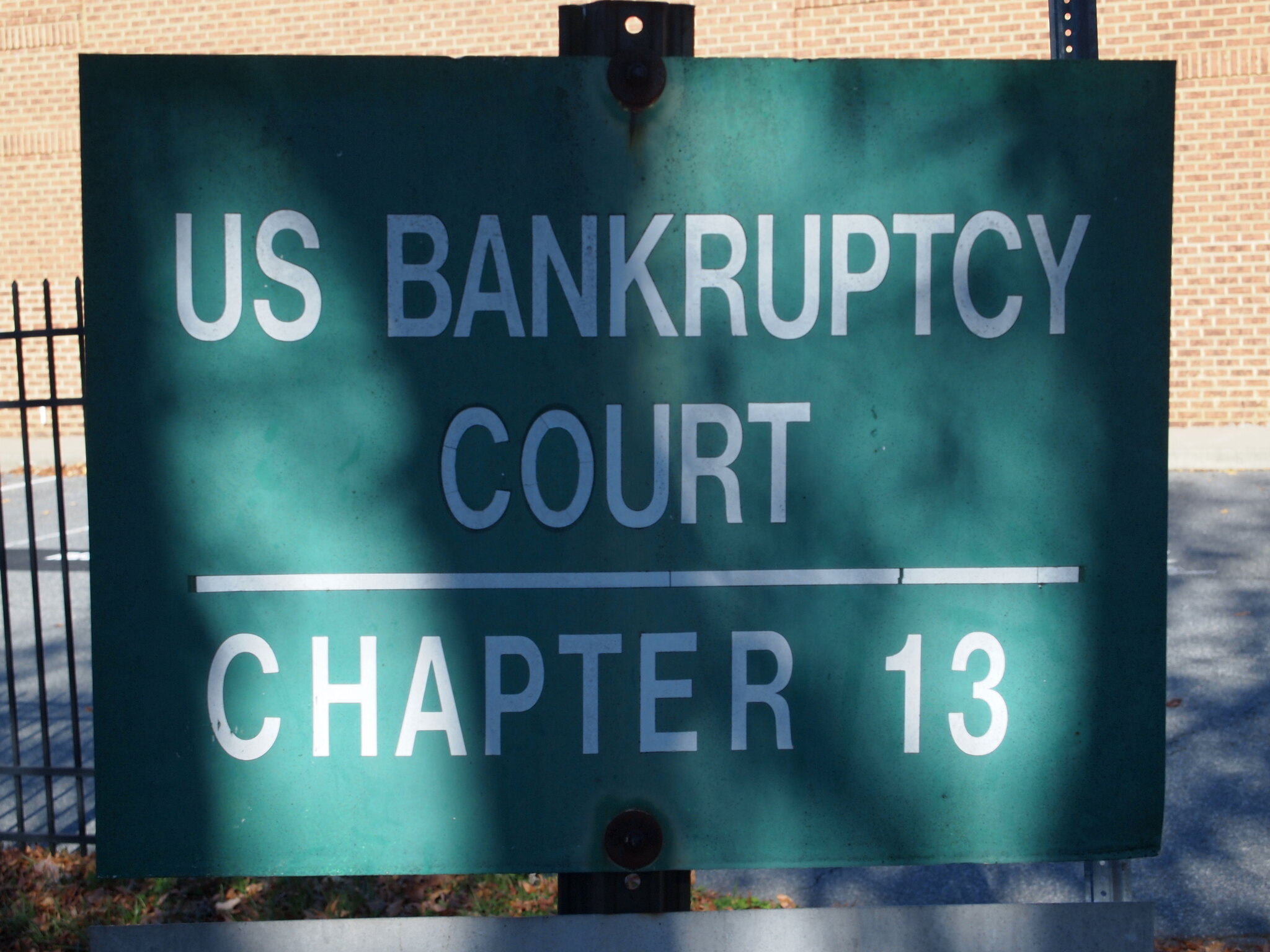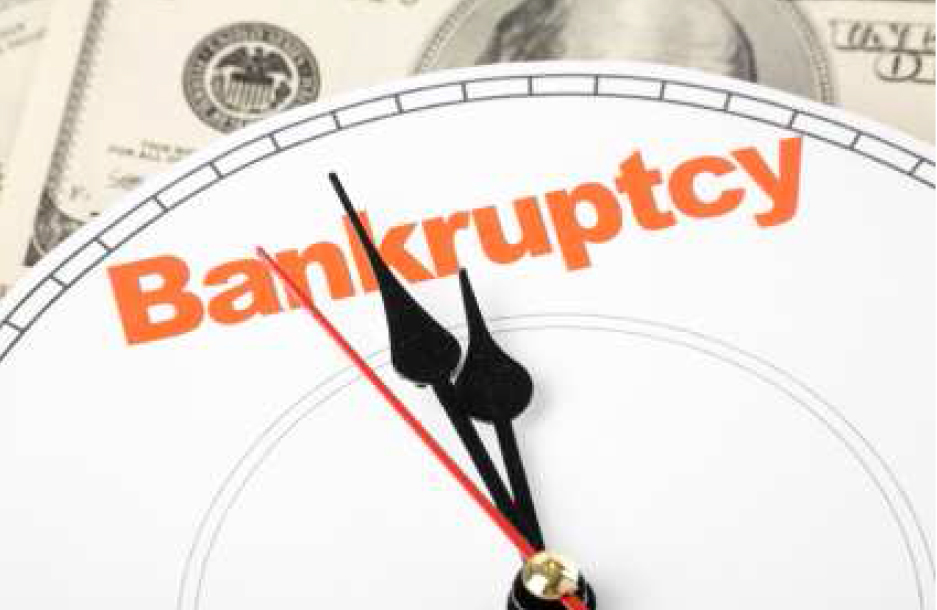Understanding the different types of bankruptcy and their implications can empower you to make informed decisions about your financial future.
When financial hardship strikes, it can feel like there’s no way out. However, for individuals in debt, understanding the different types of bankruptcy can be crucial in regaining control and finding a path to financial stability. This guide aims to demystify the various types of bankruptcy, their implications, and how they might impact your financial future.
Chapter 7 Bankruptcy: Liquidation
Chapter 7 bankruptcy, often referred to as “liquidation bankruptcy,” is the most common form of bankruptcy filed by individuals. It involves the liquidation of a debtor’s non-exempt assets to pay off creditors. Here’s what you need to know:
- Eligibility: To qualify for Chapter 7, you must pass the means test, which compares your income to the median income in your state. If your income is below the median, you’re likely eligible.
- Process: Once you file, an automatic stay goes into effect, halting most collection actions against you. A trustee will then take control of your non-exempt assets, sell them, and distribute the proceeds to your creditors.
- Implications: While Chapter 7 can provide a fresh start by discharging many types of unsecured debts, it may also result in the loss of property. Additionally, it remains on your credit report for up to 10 years, which can impact your ability to obtain new credit.
Chapter 11 Bankruptcy: Reorganization
While Chapter 11 bankruptcy is typically associated with businesses, individuals with substantial debts may also file under this chapter. It is often considered the most complex and expensive form of bankruptcy. Here’s what you should know.
- Eligibility: There are no specific eligibility requirements for Chapter 11, but it is generally used by individuals or businesses with debts that exceed the limits set for Chapter 13.
- Process: Similar to Chapter 13, Chapter 11 involves developing a reorganization plan to pay back creditors over time. However, the process is more intricate, often involving negotiations with creditors and approval from the court.
- Implications: Chapter 11 can help individuals retain control of their assets and continue operating their businesses while repaying debts. However, it is a lengthy and costly process that requires significant legal and financial expertise.
Chapter 13 Bankruptcy: Repayment Plan

Chapter 13 bankruptcy, known as the “wage earner’s plan,” allows individuals with regular income to develop a plan to repay all or part of their debts over three to five years. This type of bankruptcy is often recommended by Chapter 13 bankruptcy lawyers for those who have a steady income but are overwhelmed by their debts.
- Eligibility: To file under Chapter 13, your secured and unsecured debts must fall below certain thresholds. Additionally, you must prove that you have sufficient income to meet the repayment plan requirements.
- Process: After filing, you propose a repayment plan to the court detailing how you will pay off your debts over the designated period. If the court approves your plan, you make regular payments to a trustee, who then distributes the funds to your creditors.
- Implications: Chapter 13 allows you to keep your property and catch up on missed mortgage or car loan payments. However, it requires a long-term commitment to a strict budget and remains on your credit report for seven years.
Chapter 12 Bankruptcy: Family Farmers and Fishermen
Chapter 12 bankruptcy is specifically designed to address the unique financial situations of family farmers and fishermen, allowing them to reorganize their debts and continue their operations. Here’s what you need to know.
- Eligibility: To qualify, you must be a family farmer or fisherman with a regular annual income and meet specific debt limits.
- Process: Similar to Chapter 13, Chapter 12 involves creating a repayment plan to pay off debts over three to five years. The plan must be approved by the court and is managed by a trustee.
- Implications: Chapter 12 provides a tailored approach to debt relief for farmers and fishermen, helping them avoid liquidation and maintain their livelihoods. It remains on your credit report for seven years.
Chapter 9 Bankruptcy: Municipalities
While not applicable to individuals, it’s worth mentioning Chapter 9 bankruptcy, which is designed for municipalities, including cities, towns, villages, and school districts, to reorganize their debts. This type of bankruptcy is relatively rare and only available in certain circumstances.
- Eligibility: Only municipalities can file under Chapter 9.
- Process: The municipality develops a plan to adjust its debts, which must be approved by the court and accepted by creditors.
- Implications: Chapter 9 allows municipalities to continue operating while restructuring their obligations, ensuring essential public services remain available.
Understanding the different types of bankruptcy and their implications can empower you to make informed decisions about your financial future. Remember, bankruptcy is not the end; it’s a potential new beginning. With the right information and support, you can navigate the complexities of bankruptcy and work towards a brighter financial future.


Join the conversation!